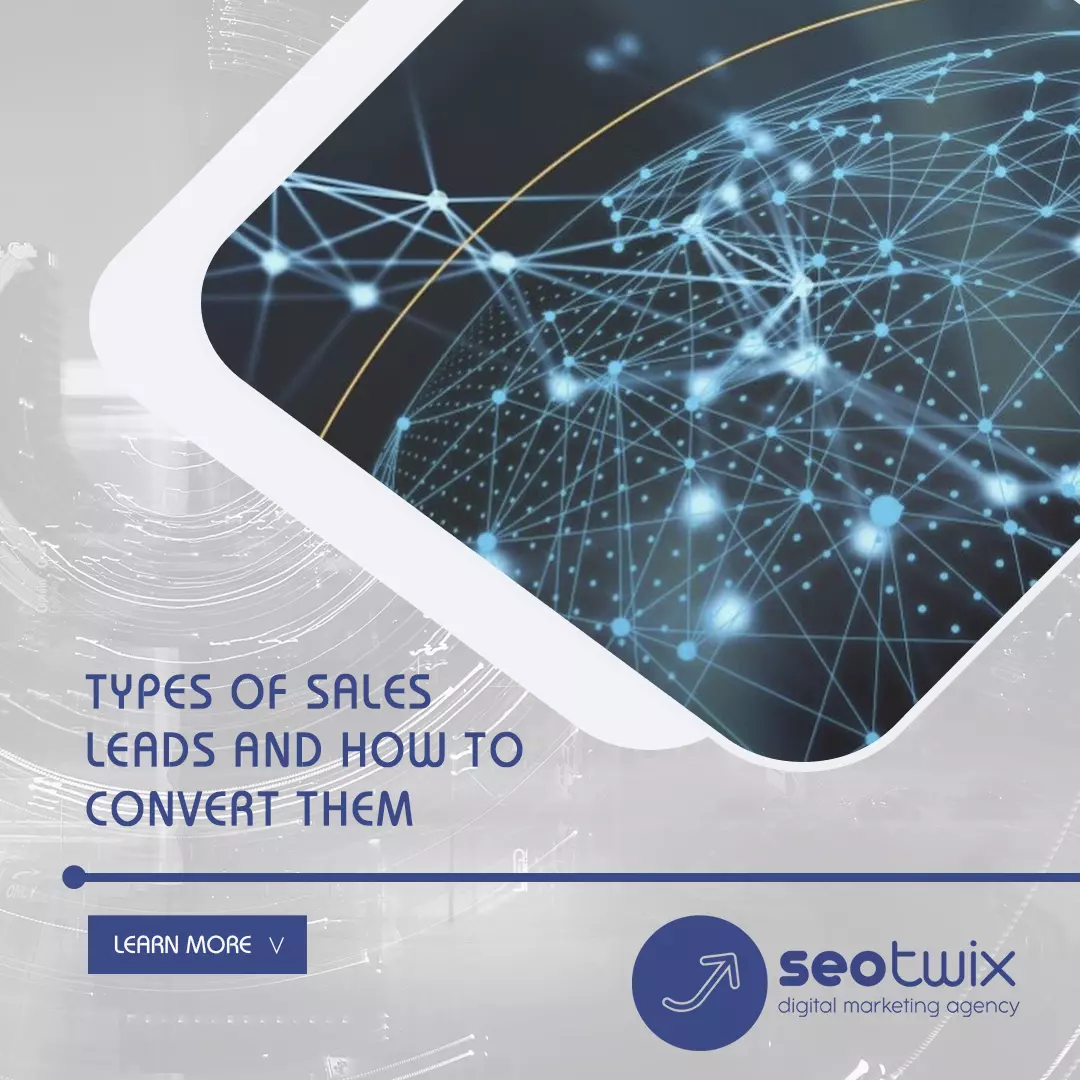
In the ever-changing business landscape, sales are crucial for any organization’s success, and sales leads are the initial spark that fuels this process. A sales lead is a potential customer who has shown interest in your products or services, whether through direct contact, a referral, or by engaging with your content online. Understanding the types of sales leads and how to effectively convert them into paying customers is crucial for optimizing your sales strategy and driving growth.
Transitioning from this foundational concept, it’s essential to delve into the classification of sales leads. Knowing the different types of sales leads can help you tailor your approach, ensuring that your sales efforts are both efficient and effective.
Types of Sales Leads
Sales leads can be broadly categorized into various types, each requiring a different approach to conversion. The sales lead types can be classified based on the level of interest and engagement demonstrated by the potential customer.
| Cold Leads | Potential customers who have shown little to no interest in your product or service. |
| Warm Leads | Leads that have shown some interest or engagement, but have not yet made a purchase decision. |
| Hot Leads | Highly interested prospects who are on the verge of making a purchase decision. |
| Marketing Qualified Leads (MQLs) | Leads identified by the marketing team as likely to convert based on specific criteria. |
| Sales Qualified Leads (SQLs) | Leads vetted by the sales team as ready for direct sales engagement. |
| Product Qualified Leads (PQLs) | Leads who have interacted with your product in a meaningful way, such as through a free trial. |
| Service Qualified Leads (ServQLs) | Customers who have indicated an interest in an upsell or additional services. |
Cold Leads
Cold leads represent individuals or businesses that have had little to no prior interaction with your brand. They might have been reached through outbound marketing efforts, such as cold calling or email campaigns, but have not shown significant interest in your offerings.
How to Convert Cold Leads:
- Start by building awareness and trust. Cold leads require nurturing through consistent follow-up, educational content, and personalized outreach.
- Utilize lead nurturing campaigns that provide value, such as informative blogs, webinars, or case studies, to gradually warm them up.
- Avoid aggressive sales tactics; instead, focus on understanding their needs and positioning your product as a potential solution.
Warm Leads
Warm leads are those who have shown some level of interest in your product or service, perhaps by downloading a whitepaper, attending a webinar, or engaging with your social media content. They are aware of your brand but may need further convincing before making a purchase.
How to Convert Warm Leads:
- Personalization is key. Tailor your communication to address their unique needs and pain points.
- Offer targeted promotions, discounts, or free trials to encourage them to take the next step.
- Leverage social proof, such as customer testimonials and case studies, to enhance credibility and establish trust.
Hot Leads
Hot leads are the most coveted type of leads in sales. These are prospects who have demonstrated a strong interest and are close to making a purchasing decision.
How to Convert Hot Leads:
- Act quickly. Hot leads should be prioritized and followed up immediately.
- Provide detailed product information, demos, or consultations to address any last-minute concerns.
- Facilitate a smooth purchasing process, offering multiple payment options and clear terms to reduce friction.
Marketing Qualified Leads (MQLs)
Marketing Qualified Leads (MQLs) are leads identified by the marketing team as likely to convert, based on certain engagement metrics such as website visits, content downloads, or email opens.
How to Convert MQLs:
- Pass them on to the sales team for direct follow-up and personalized engagement.
- Continue nurturing with targeted content and offers that align with their stage in the buying journey.
- Use marketing automation tools to track their progress and adjust your approach accordingly.
Sales Qualified Leads (SQLs)
Sales Qualified Leads (SQLs) have been vetted by the sales team and deemed ready for direct sales engagement. They have likely expressed a clear interest in your product and are considering a purchase.
How to Convert SQLs:
- Provide a tailored sales pitch that directly addresses their needs and challenges.
- Offer personalized consultations, product demonstrations, or detailed proposals.
- Address any objections or concerns promptly and clearly to move them closer to a decision.
Product Qualified Leads (PQLs)
Product Qualified Leads (PQLs) are individuals who have engaged with your product, typically through a free trial or freemium model. They have experienced the value of your offering firsthand.
How to Convert PQLs:
- Highlight the benefits they’ve experienced and how the full product can further solve their problems.
- Offer limited-time discounts or promotions to encourage a quick purchase.
- Provide excellent customer support during the trial period to ensure a positive experience.
Service Qualified Leads (ServQLs)
Service Qualified Leads (ServQLs) are existing customers who have shown interest in additional services or upgrades. They have already invested in your brand and are considering further engagement.
How to Convert ServQLs:
- Offer tailored packages or upsells that align with their current use and future needs.
- Provide detailed case studies or ROI examples that demonstrate the value of the additional service.
- Maintain a strong customer relationship and regularly check in to identify new opportunities for upselling.
The Top 5 Tips to Convert Leads Into Paying Customers
1. Find the Right Lead to Become a Customer
It’s essential to research who your target audience is! Knowing what your potential consumers want and how they like to interact with companies is a basic technique for lead conversion.
Targeting prospects early in your lead generation process means you need to research and get to know your target before attempting to contact them. Once you have the information you need, think of solutions that will appeal to your customers, and make sure you have the right “product/market fit” before launching your offer!
2. Use Discounts to Win the Heart of Your Ieads.
Offer them special gifts and personalized discount offers! Getting something for free is always nice. Free offers are a great approach to pique people’s interest in your business and encourage them to make a purchase, such as Black Friday offers on social media platforms like LinkedIn, for example.
The welcome gift doesn’t have to be extravagant or expensive, but it should be a token of appreciation for your prospects. And, ultimately, contributes to fuel their desire to buy your product or service.
3. Follow Your Sales Leads With a CRM
Make sure to track your sales pipeline! It may seem obvious, but following up with a prospect is crucial. A simple email or phone call asking a prospect if they have any questions often leads to a deal.
Save time and money by sending automatic follow-up messages via LinkedIn or email to keep the communication going!
4. Encourage Your Sales Leads to Take Action
Don’t hesitate to use a “Call-To-Action” during your lead generation! Sometimes, all it takes is a little nudge in the right direction for people to act. A clear call to action in your marketing efforts motivates prospects to take action.
Try to make each message as personalized as possible. So be sure to use targeted CTAs as well. For example, if your ideal prospect works in the human resources field, use a CTA like “Find qualified candidates with our tool, in no time!”
However, if your prospects have a “freelance” job type, use a different approach, such as “Find your next client easily, without spending a euro, thanks to our tool!”
5. Increase Your Lead Conversion Rate
Finally, use automation tools to increase your prospect conversion rates! Using automation tools for your prospecting process will not only save you time and money but will also leave you with plenty of time to do other important things in your business.
If you use the LinkedIn website for acquiring new clients, remember that this social network has over 810 million users, making it the largest free B2B database available. You will undoubtedly discover potential consumers, but it takes time to find the right ones!
Using automation tools will save you time and free you from tedious tasks.
Understanding the different types of sales leads and how to convert them is essential for any sales strategy. Each type of lead requires a distinct approach, and by tailoring your efforts to match the lead’s level of interest and engagement, you can significantly improve your conversion rates. By implementing these strategies, your sales team can effectively manage the classification of sales leads and convert potential prospects into loyal customers.
That’s all. Hopefully, with these simple tips and tricks, you’ll be up and running with lead conversion for your business in no time.




